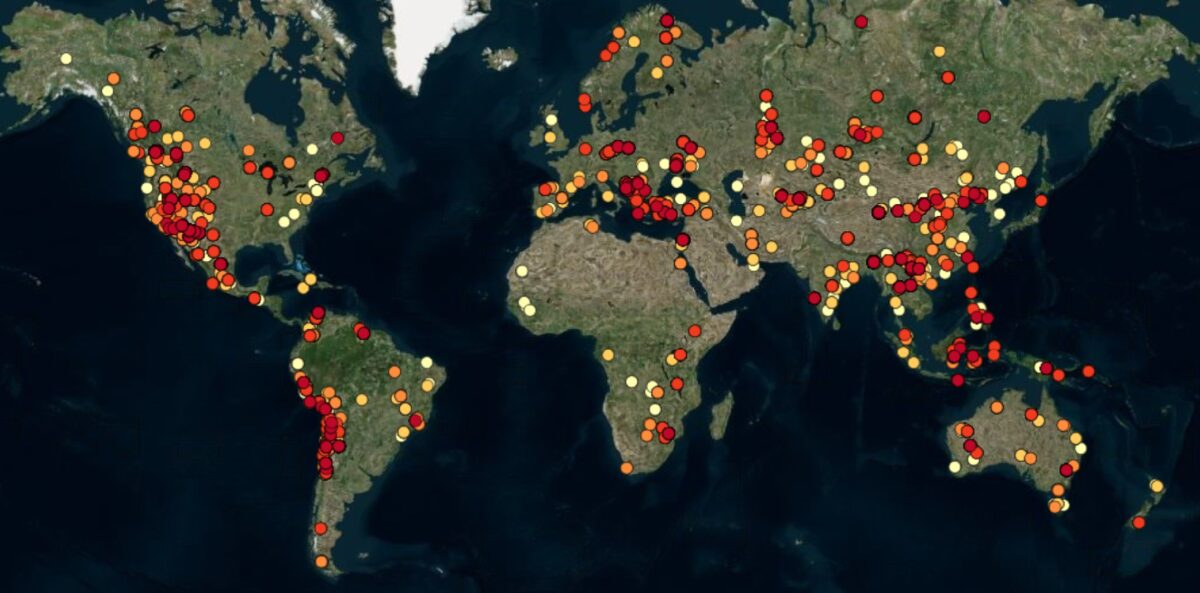Researchers at the Australian National University (ANU) have created a global atlas for potential pumped hydro storage sites located in former mining areas.
“Mining sites can be shaped during the end stages of mining to form a pumped hydro reservoir,” the scientists explained, noting that mining sites are often located close to the power network and water pumping infrastructure. “In some cases, the cost of the shaping would be similar to the cost of business-as-usual operations, and hence one (or even both) of the reservoir pairs in a Brownfield site could be prepared at very low cost.”
Their initial analysis included all suitable mining pits, pit lakes and tailings ponds within mining sites and located nearby reservoirs. They then used Geographic Information System (GIS) and Forest And Buildings removed Copernicus DEM (FABDEM) analysis to investigate the suitability of 9,424 sites for pumped hydro storage activities. This process led to the identification of 904 sites across 77 different countries, which were then included in the so-called Brownfield Atlas.
“None of the sites located by the algorithm were found to use a mining site reservoir as the upper reservoir,” the academics specified. “Mining sites may also require consideration of the water quality, unstable steep slopes within the reservoir, land-use restrictions imposed by environmental regulations, mining rights and future mining potential.”
The research group explained that the new database is an expansion of the Greenfield Atlas they developed in 2021. This atlas included 616,818 locations throughout the world that could be suitable sites for 23.1 million GWh of pumped-hydro storage capacity. In previous work published in April 2019, the same research group had identified 530,000 locations for 22 million GWh of pumped-hydro storage capacity.
The Brownfield Atlas was presented in the study “A global atlas of pumped hydro systems that repurpose existing mining sites,” which was recently published in Renewable Energy.
This content is protected by copyright and may not be reused. If you want to cooperate with us and would like to reuse some of our content, please contact: editors@pv-magazine.com.




The team at ANU do some really impressive work and this is a great piece of analysis. At RheEnergise we hope to engage with ANU on how big an increase in potential there would be with our solution High-Density Hydro, which increases the energy density by 2.5x and looks to reply multiple smaller projects (~50MW) in tandem to achieve similar overall capacity effects. Our analysis indicates we tend to find >100x more sites available than there are sites for tradition PHS solutions.
Stephen Crosher CEO RheEnergise